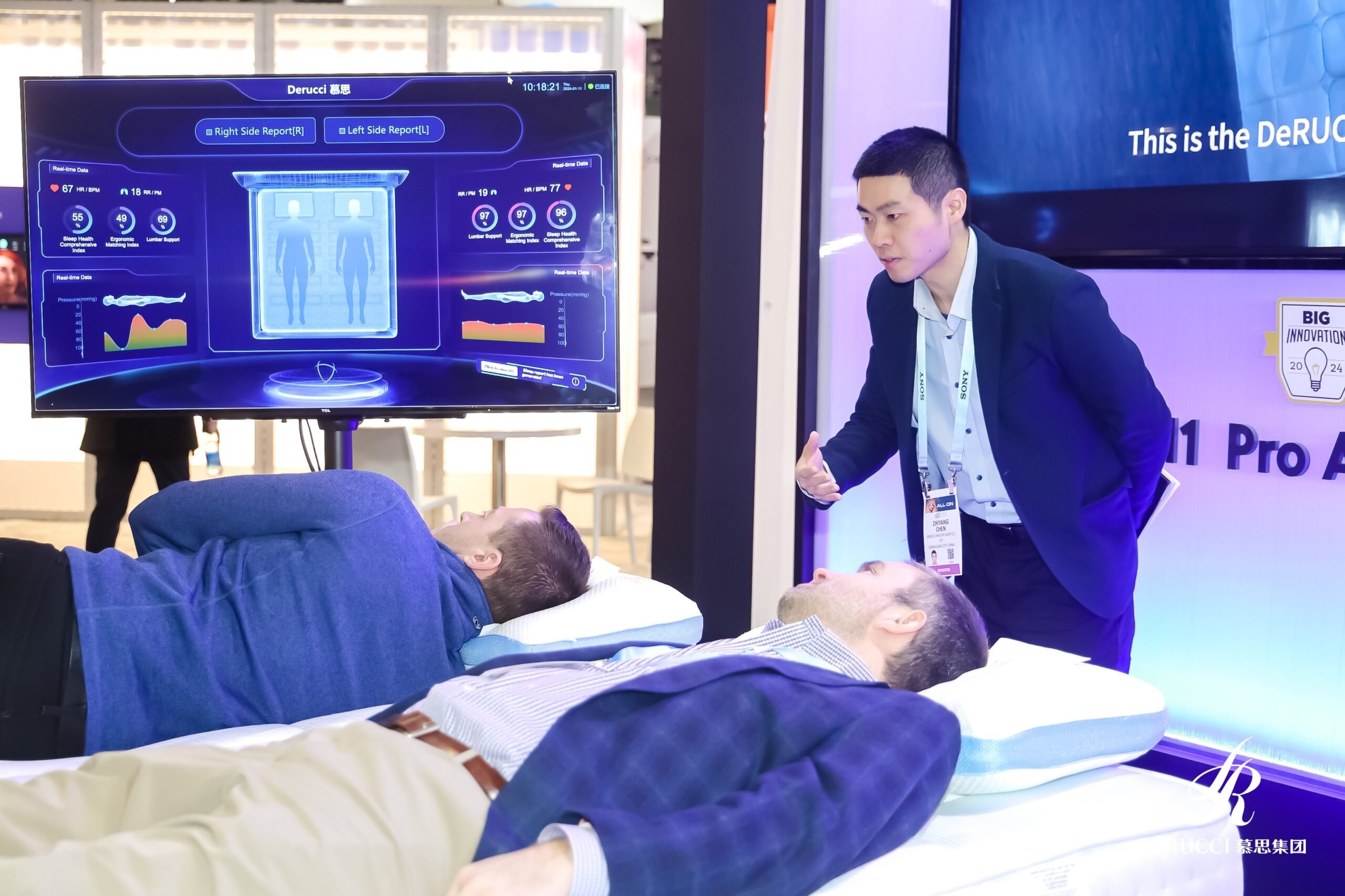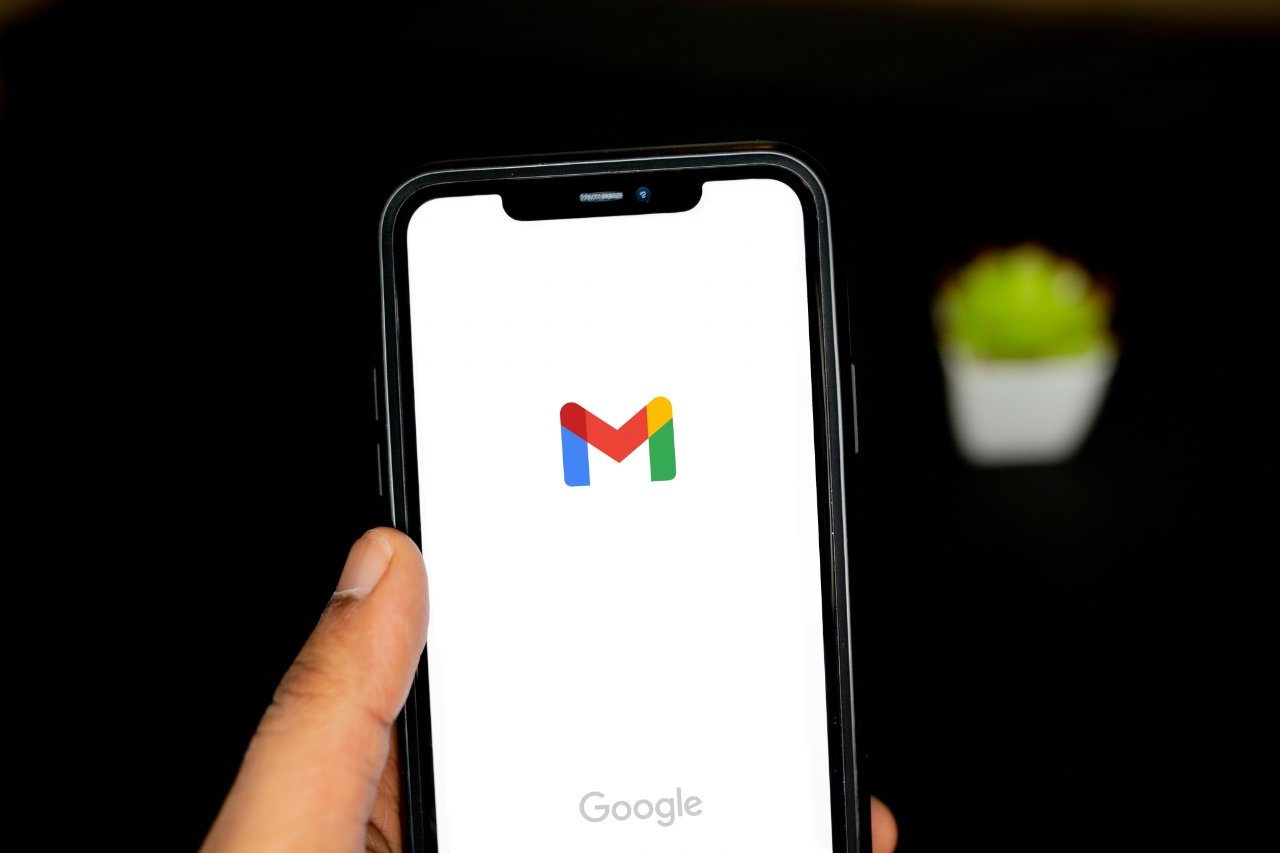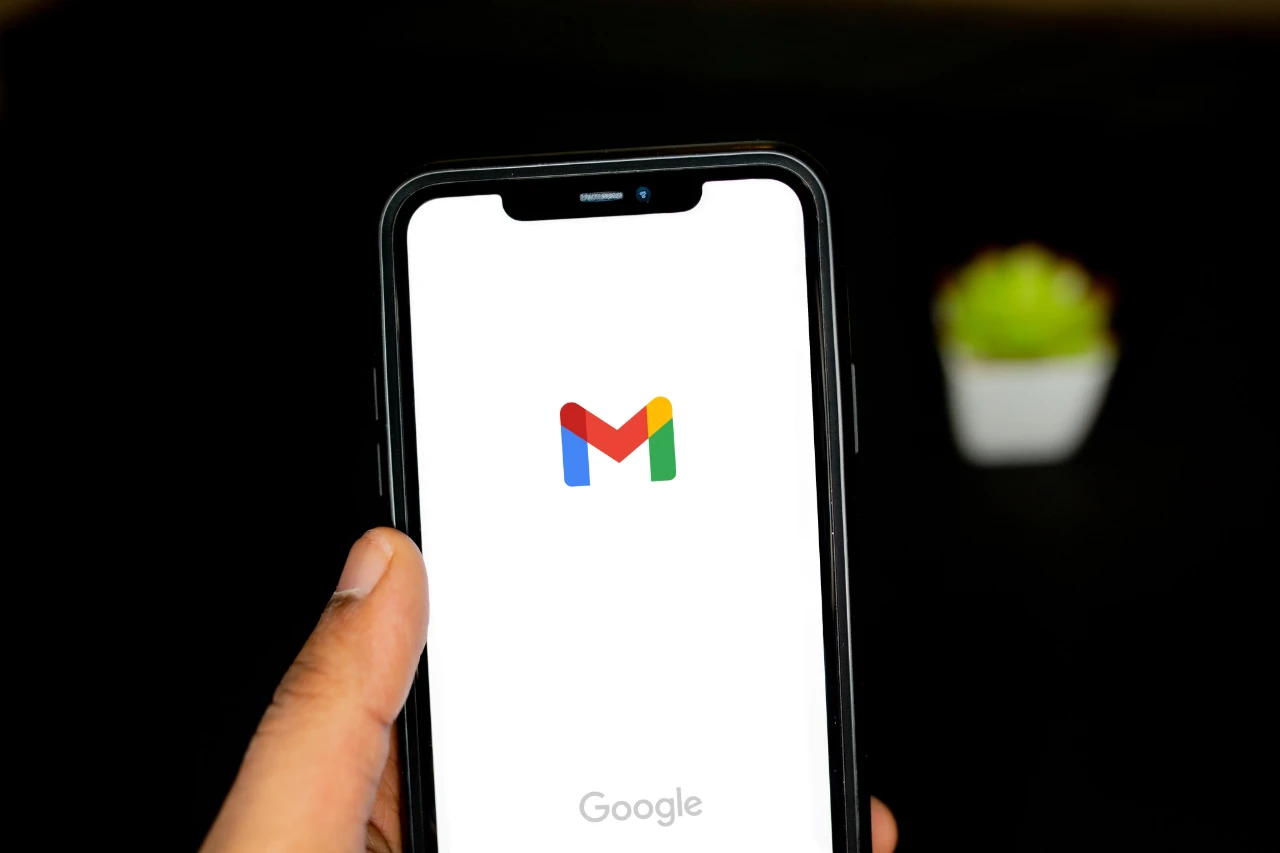
Artificial Intelligence (AI) is swiftly changing the way we interact with the digital world, introducing new AI apps that improve our engagement with content on various platforms and in a wide variety of different ways. This shift is evident in the latest AI advancements that are reshaping our online experiences, from how we watch videos with real-time translation to the way we build websites using a single screenshot.
Imagine watching a video in your own language, with a voiceover that not only translates but also conveys the speaker’s emotions. This is no longer just a concept; AI has made it possible. Accurate dubbing that brings videos to life in multiple languages is now a reality, with platforms like YouTube incorporating these features to allow viewers to switch languages effortlessly.
But it’s not just about the audio. AI is enhancing the visual experience as well. With AI-driven lip-syncing, the words spoken are perfectly matched to the speaker’s lip movements, creating a more authentic and immersive viewing experience. This level of detail is crucial for maintaining the naturalness of performances, no matter the language.
7 New AI applications and AI tools
To learn more about new AI applications that are available to transform the way you create videos or carry out research or data analysis, check out the video kindly created by AI Advantage discusses new ways to use AI in a number of different ways.
Here are some other articles you may find of interest on the subject of
The creative industry is also feeling the impact of AI. Artists and designers are using AI tools to create and improve digital artwork, leading to new forms of creativity and expression. For instance, Runway ML’s innovative brushes can bring static images to life with motion, opening up new possibilities for storytelling and communication.
In the realm of data analysis, AI is giving businesses a competitive edge. Services like Bright Data’s data scraping provide structured insights from web data, which are essential for developing strategies and staying ahead in the market. The ability to process large data sets quickly and accurately allows companies to make faster, better-informed decisions.
Even everyday applications like Google Chrome are being enhanced with AI. The browser’s AI image generation feature personalizes your browsing experience with unique visuals, demonstrating AI’s growing influence on our daily interactions with technology.
On social media, TikTok is advancing video technology by creating depth maps from videos. This innovation has the potential to change the landscape of 3D modeling and virtual reality, offering new avenues for creativity and development.
Another groundbreaking AI tool is the “Screenshot to HTML” model by Hugging Face, which is changing the game in web development. This tool can turn screenshots into HTML code, simplifying the process of creating web pages and making it more accessible to a broader audience.
Useful AI apps available now
11labs Dubbing Studio
- Translates and dubs video content.
- Converts speech from one language to another while maintaining the original speaker’s tonality.
- Can share various links for dubbing, like YouTube videos.
- Limited to 10,000 characters with the free plan.
- Used for dubbing with additional video adjustments.
- Adjusts the mouth movements in videos to match dubbed audio.
- Enhances the realism of dubbed videos, making them appear more natural.
- For more information jump over to the official 11ElevenLags website.
Krea with Stable Diffusion
- A combination tool that starts with painting in Krea.
- Generates images using stable diffusion.
- Ideal for creating artistic, custom images.
- for more details on the AI that has the ability to design that the speed of thought jump over to the official website.
Runway ML and Motionshop
Motionshop framework to replace the characters in video with 3D avatars. Our framework consists of two parts: 1) a video processing pipeline to extract the inpainted background video sequence, 2) a pose estimation and rendering pipeline to generate the avatar video sequence. By parallelizing the two pipelines and using a high performance ray-tracing renderer TIDE, the whole process can be completed in minutes.
- Animates photos into videos with multiple motion brushes.
- Allows for different types of movements within the same scene.
- Especially effective with anime, cartoonish, or drawn styles.
- Jump over to the official website to learn more about the second-generation Runway ML video creation AI
Bright Data
Google Chrome’s AI Image Generation
- Adds a feature to customize the Google Chrome interface using AI-generated images.
- Represents an integration of standalone AI tools into existing applications.
TikTok presents Depth Anything
Depth Anything is trained on 1.5M labeled images and 62M+ unlabeled images jointly, providing the most capable Monocular Depth Estimation (MDE) foundation models with the following features:
- Zero-shot relative depth estimation, better than MiDaS v3.1 (BEiTL-512)
- Zero-shot metric depth estimation, better than ZoeDepth
- Optimal in-domain fine-tuning and evaluation on NYUv2 and KITTI
- Creates depth maps from video content.
- Depth maps illustrate the depth in a scene, with different tones indicating varying distances from the camera.
- Useful in 3D modeling for separating the background from the subject and identifying different layers.
- Demonstrates high accuracy in depth perception, particularly effective in video content.
Screenshot to HTML (Hugging Face Model)
- Converts screenshots into HTML code.
- Includes CSS styling for a more accurate representation of the original page.
- Free and user-friendly, suitable for beginners in web development.
These AI innovations are not just impressive technological achievements; they are practical tools that are transforming the way we create, consume, and interact with content. As AI continues to evolve, we can expect a wave of new applications that will integrate this technology even more deeply into our daily lives, enhancing our digital experiences in ways we have yet to imagine.
Filed Under: DIY Projects, Top News
Latest timeswonderful Deals
Disclosure: Some of our articles include affiliate links. If you buy something through one of these links, timeswonderful may earn an affiliate commission. Learn about our Disclosure Policy.





















